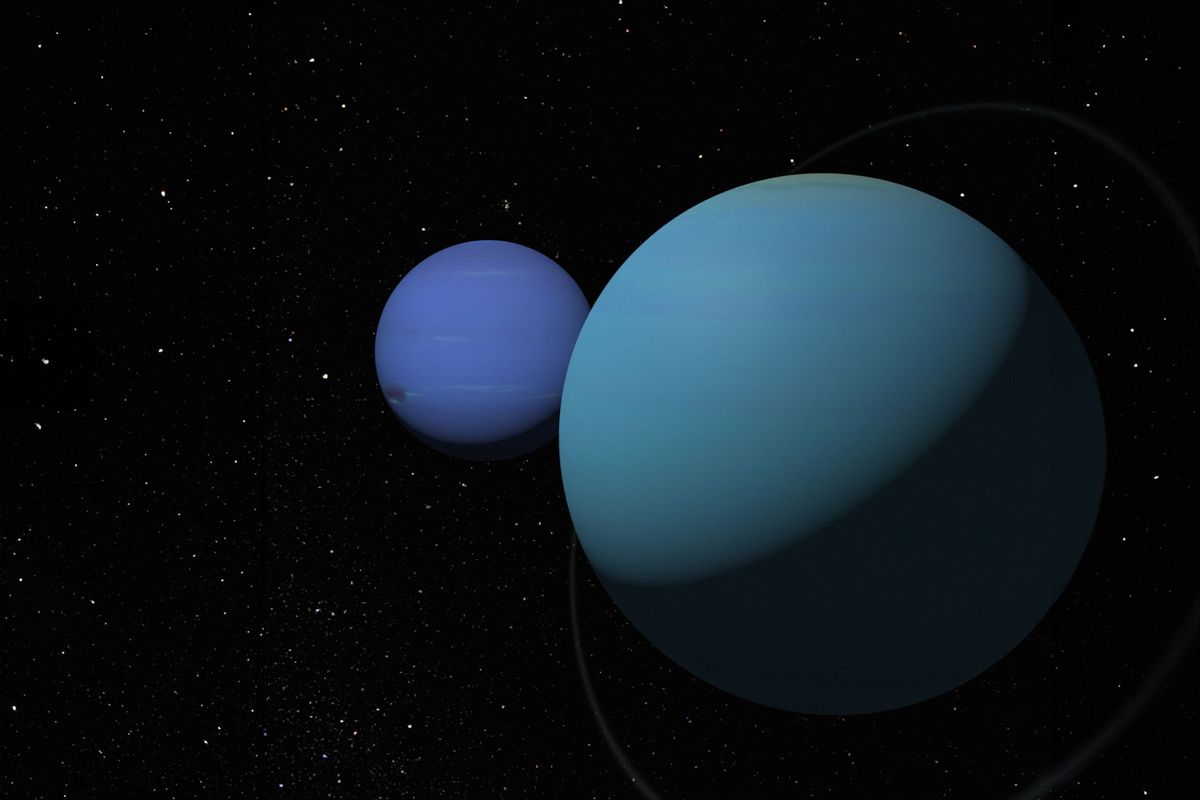Three new moons of Uranus and Neptune discovered

Scientists recently noticed three new moons lingering around Uranus and Neptune, which are the most distant planets in our solar system. Precisely, there is one orbiting Uranus, and two are orbiting Neptune. It’s the first discovery of its kind in over twenty years. It underscores that while there is a strong focus on discovering what lies outside of our own solar system, there is still much left to be uncovered in Earth’s own neighborhood.
“The three newly discovered moons are the faintest ever found around these two ice giant planets using ground-based telescopes,” said Scott S. Sheppard, astronomer at the Carnegie Institution for Science, in a statement. “It took special image processing to reveal such faint objects.”
As Sheppard alluded, these moons likely had not been noticed before previously because they are so dim. The moon orbiting Uranus, called S/2023 U1, is the planet’s 28th satellite and the smallest. Researchers estimate that it takes nearly two Earth years (680 days) to complete one orbit. Astronomers discovered the moon using the Magellan telescopes at Las Campanas Observatory in Chile, which also assisted in the discovery of the two new moons orbiting Neptune. Those moons, called S/2002 N5 and S/2021 N1, bring the total of Neptune’s known moons to 18. The moon S/2021 N1 takes about 27 Earth years to complete an orbit around Neptune while S/2002 N5 takes about nine years to complete an orbit.
These names are just placeholders and the moons will eventually be named something more compelling. Astronomers hope the discovery will help deepen their understanding of the early days of the solar system.
“Even Uranus, which is tipped on its side, has a similar moon population to the other giant planets orbiting our Sun,” Sheppard explained. “And Neptune, which likely captured the distant Kuiper Belt object Triton—an ice rich body larger than Pluto—an event that could have disrupted its moon system, has outer moons that appear similar to its neighbors.”

